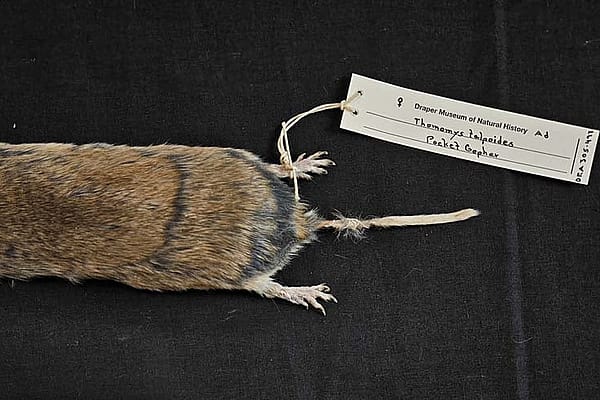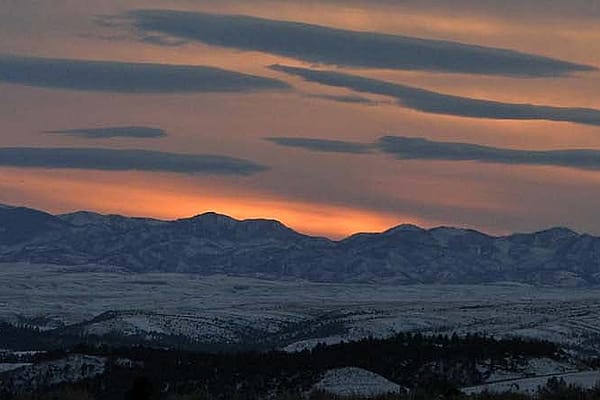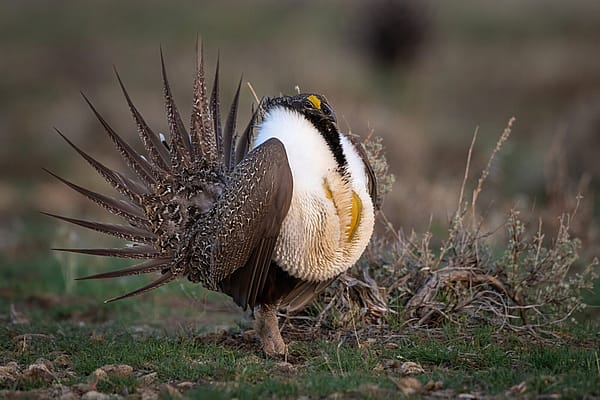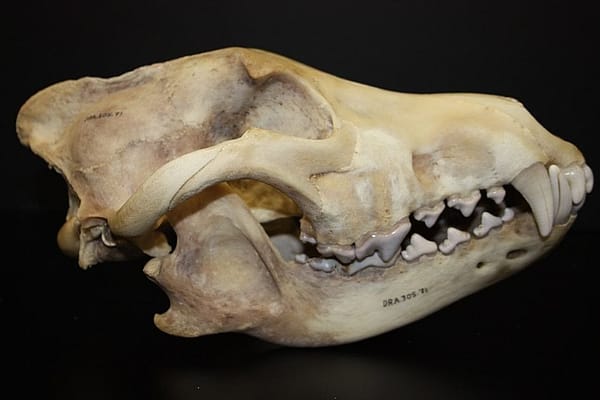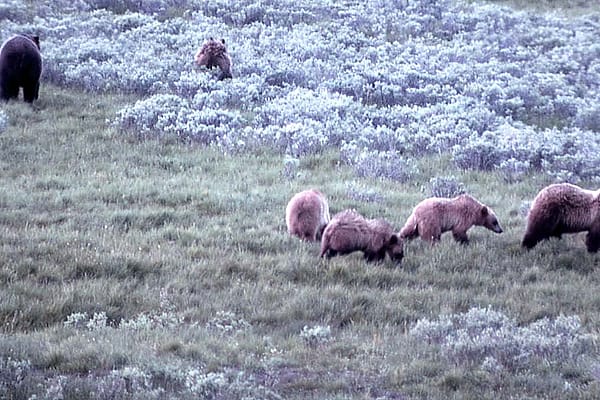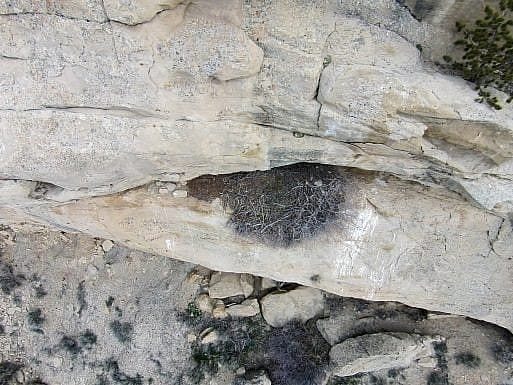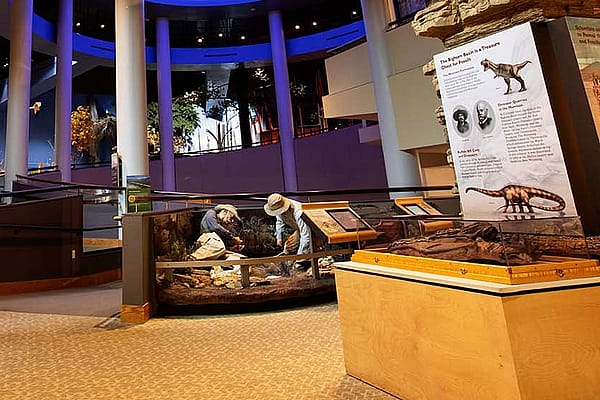
Welcome to ‘Fieldnotes from the Edge of the Wild’
Living and working in the Greater Yellowstone Area (GYA) is a wonderful privilege, complete with many spectacular rewards and more than a few challenges. We are in the last frontier of the contiguous United States, complete with beautiful, but rugged and unforgiving terrain, magnificent but dangerous grizzly bears, otherworldly and unparalleled geothermal features, constantly changing seismic landscapes, and, of course, the ever-controversial gray wolf. Here survives not only the Spirit of the American West, but also the ancient Spirit of America herself. But, we also belong to a culture that is on the move, always spreading our influence a little deeper into the frontier. Perhaps that is our nature. Our species has arrived at a point where our population and technology have far outdistanced our knowledge of their consequences to the last frontiers of our world.
Here in the GYA, we seem to have a love-hate relationship with the frontier. We pride ourselves on our rugged individualism and express pride at the unspoiled scenery, undeveloped landscapes, abundant and diverse wildlife, and even our ability to thrive in the midst of harsh weather and true wilderness. But at the same time, we begrudge the frontier wildlife that inconveniences and competes with us, and we are constantly pushing to reduce government restrictions on public lands and for changes to the frontier that will allow us more access for recreation and economic ascendance.
The renowned twentieth-century hunter-scientist-conservationist Aldo Leopold famously said: There are some who can live without wild things and some who cannot―like Leopold and many of my fellows here in the GYA, I have come to realize that I fall into the latter category. One of the things I most appreciate about wild nature is that there is no good or bad, no right or wrong; there are only consequences. Perhaps we can say the same thing about how we occupy and use nature. Leopold presented another view, however, when he wrote: A thing is right when it tends to preserve the integrity, stability and beauty of the biotic community. It is wrong when it tends otherwise.
There is a question pending about whether we can keep the integrity, stability, and beauty of the GYA frontier, with all its wildness and inconveniences, while accommodating our growing economic and cultural needs and desires. Common sense and experience tell us that human expansion can only go so far before native species disappear, natural processes are compromised beyond restoration, and our frontier becomes just another convenient, easily accessible playground that passes for frontier in most of the rest of our nation and the world. But there is no agreement on just how far is too far. It never ceases to amaze me that most people from all backgrounds and perspectives ― people who argue violently with one another about wolves or other hot-button topics―express to me a remarkably similar vision for the future of the GYA they hold dear. They envision a place where they can live and work surrounded by uncompromised beauty and wildness that continues to support a complete complement of native wildlife that lived here before Columbus landed in our new world. They are proud that we have one of the last virtually intact native ecosystems left in the world. And many people express a desire―for some a need―for that place to include the opportunity for solitude away from the noises, lights, smells, and other artifacts of the human-dominated landscape.
I don’t know if we can achieve that vision, or even if we should here in the GYA. I don’t know if we can reserve enough room and tolerance for wolves, grizzly bears, and the most inconvenient wildlife of the frontier while continuing to pursue our needs and desires. I don’t know how far we can intrude on the frontier before we lose its essence or the amenities and services it provides for us. I just don’t know how to strike a balance that works for everyone. But I do know that our best chance for rich, sustainable, and compatible natural and cultural environments lies with sound science and knowledge applied with common sense.
That’s why I think museums, especially multidisciplinary museums like the Buffalo Bill Center of the West, are so important. We create, collect, and deliver knowledge for the general public ― not just for captive students or other scientists and scholars. One of the avenues open to us in the twenty-first century is the World-Wide Web, though most museums are just beginning to use this important avenue to its full advantage. Because of our geographic location at the margin of the GYA frontier, our diverse suite of science and culture museums, and our mission to educate and entertain about the past, present, and future of the American West, the Buffalo Bill Center of the West is uniquely positioned to present new knowledge and perspectives on this celebrated natural heritage site.
The Center’s Draper Natural History Museum exists specifically to increase understanding and appreciation of the relationships binding people and nature in the Yellowstone region. Our purpose is not to advocate for any policy or position, only to provide sound information, observations, and thoughtful discussion. So, this is the first of a monthly blog series, Fieldnotes from the Edge of the Wild, bringing you the latest from our own field research and expeditions, along with science news from around the region and world that relates to our beloved place at the edge of the wild. I hope you’ll join me for a ride along the edge each month.
Written By
Charles Preston
Dr. Charles Preston served as Senior Curator at the Center of the West and Founding Curator-in Charge of its Draper Natural History Museum and Greater Yellowstone Raptor Experience. He is now Senior Scientist and Curator Emeritus of the Draper Museum.



